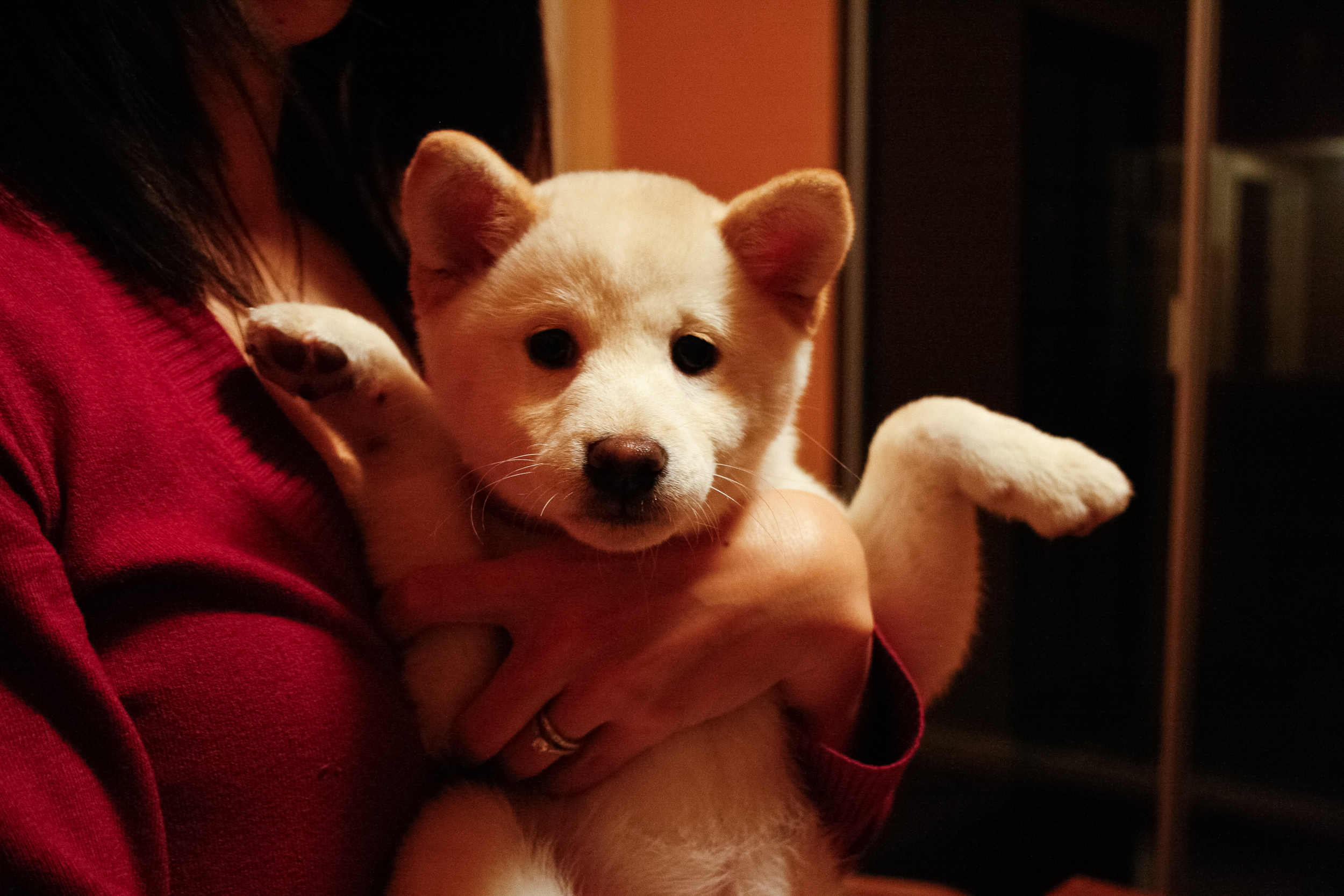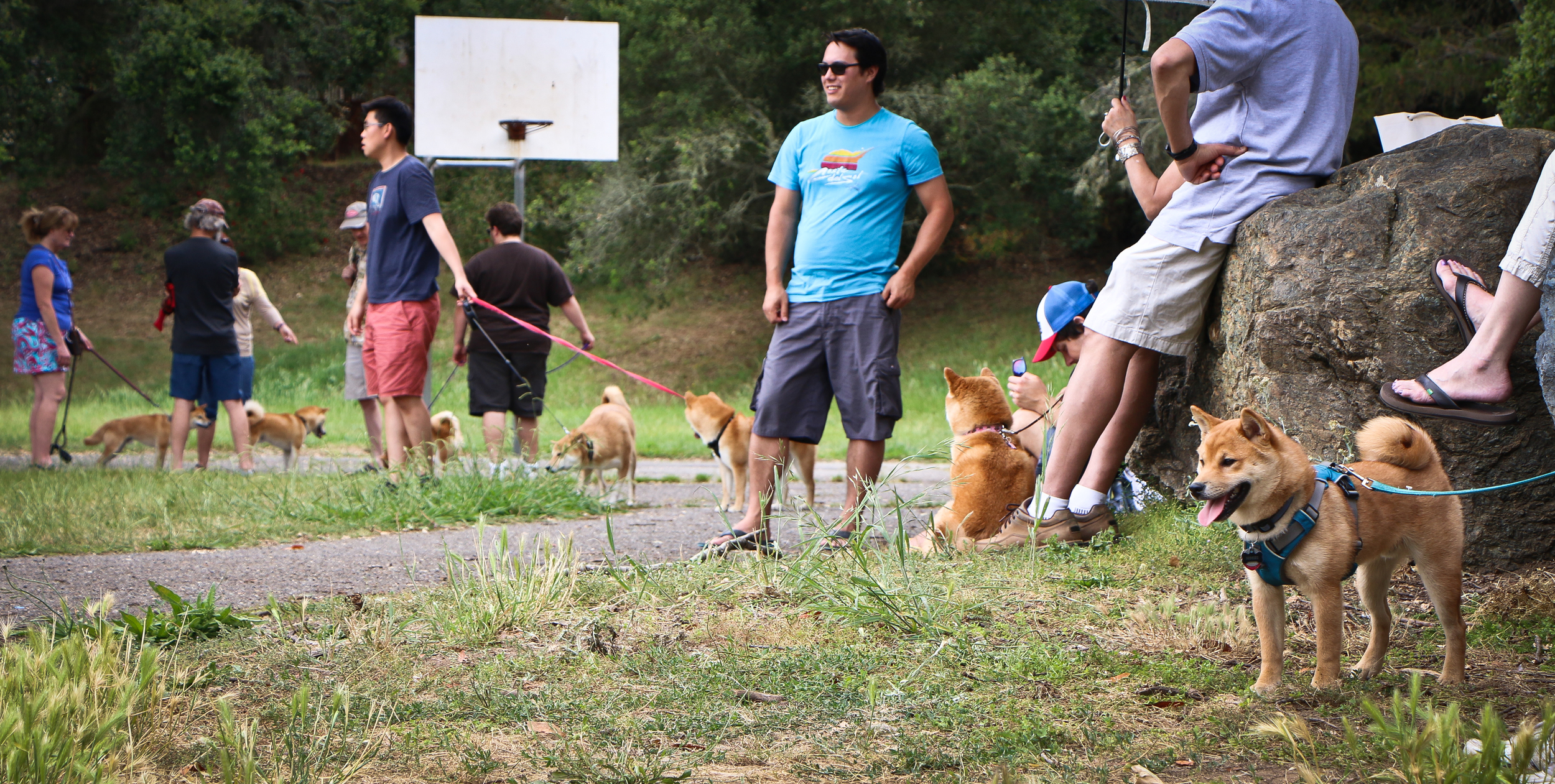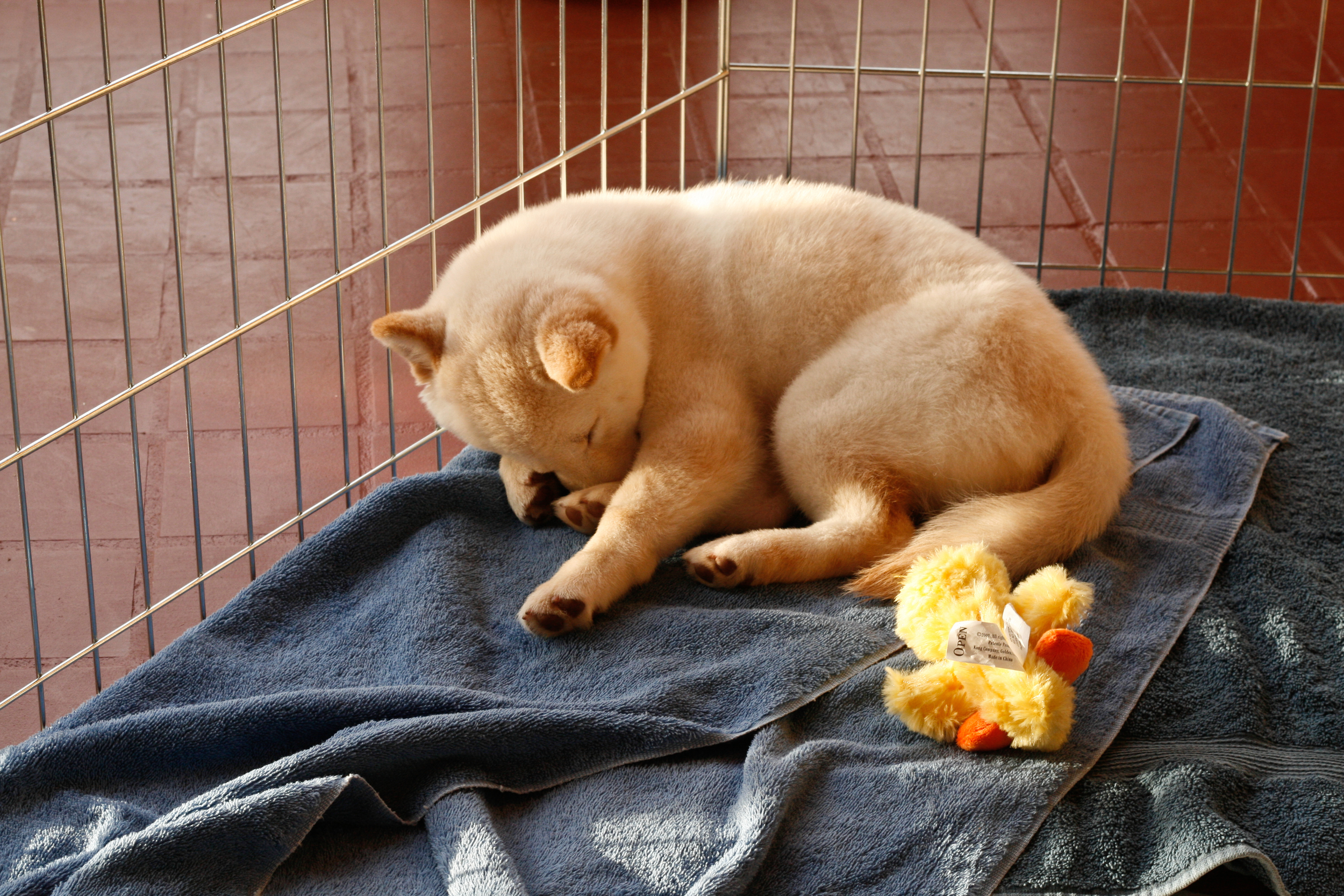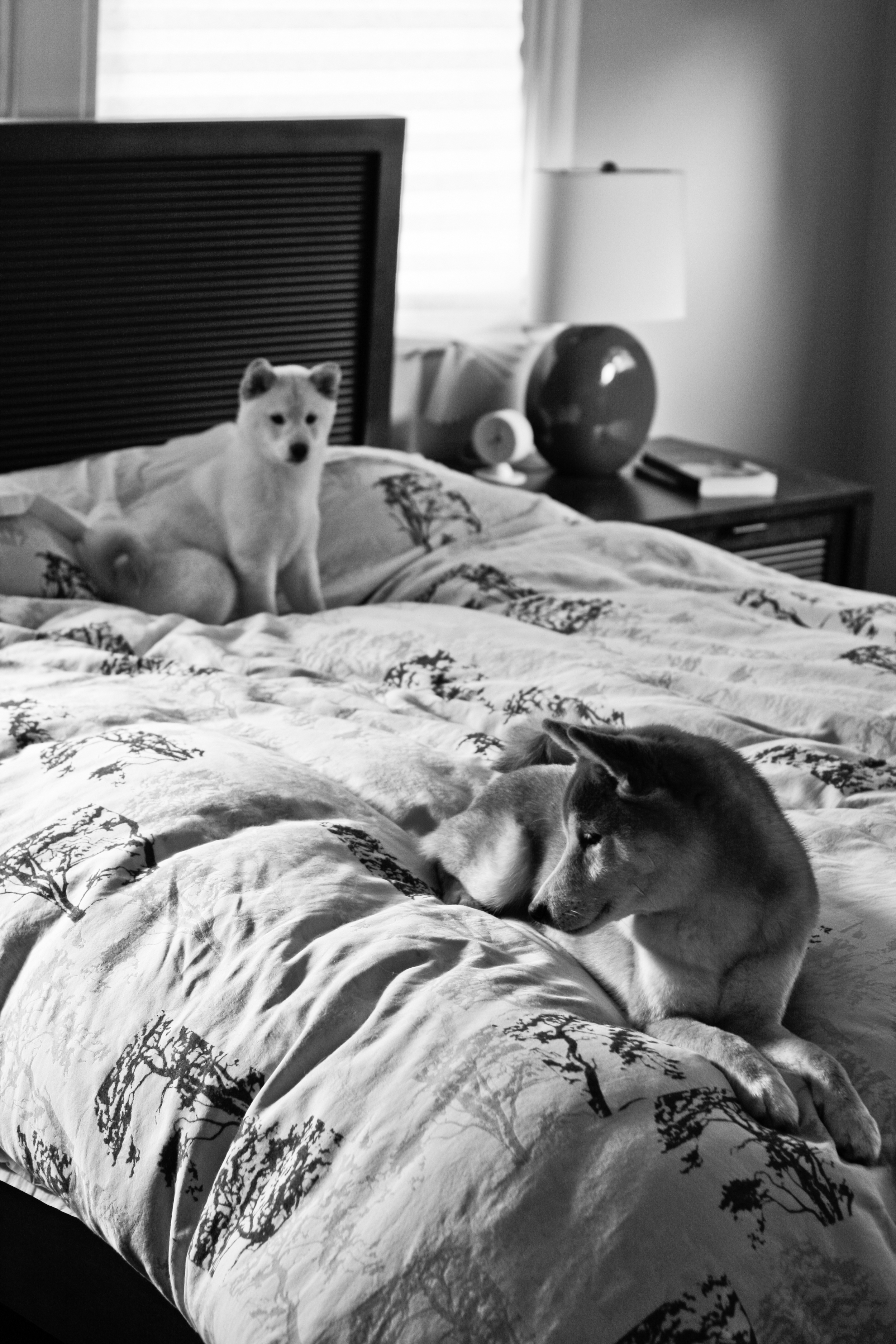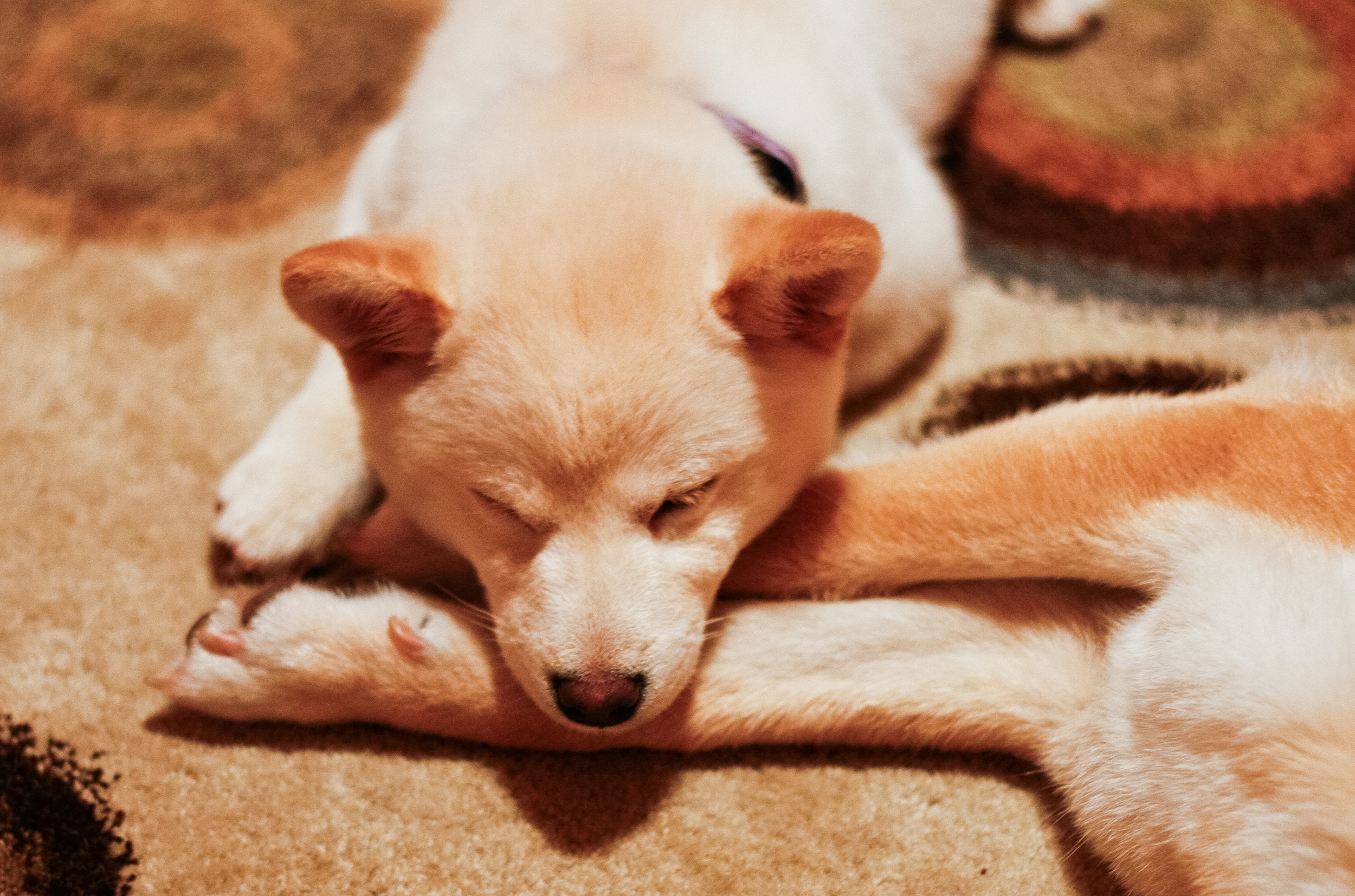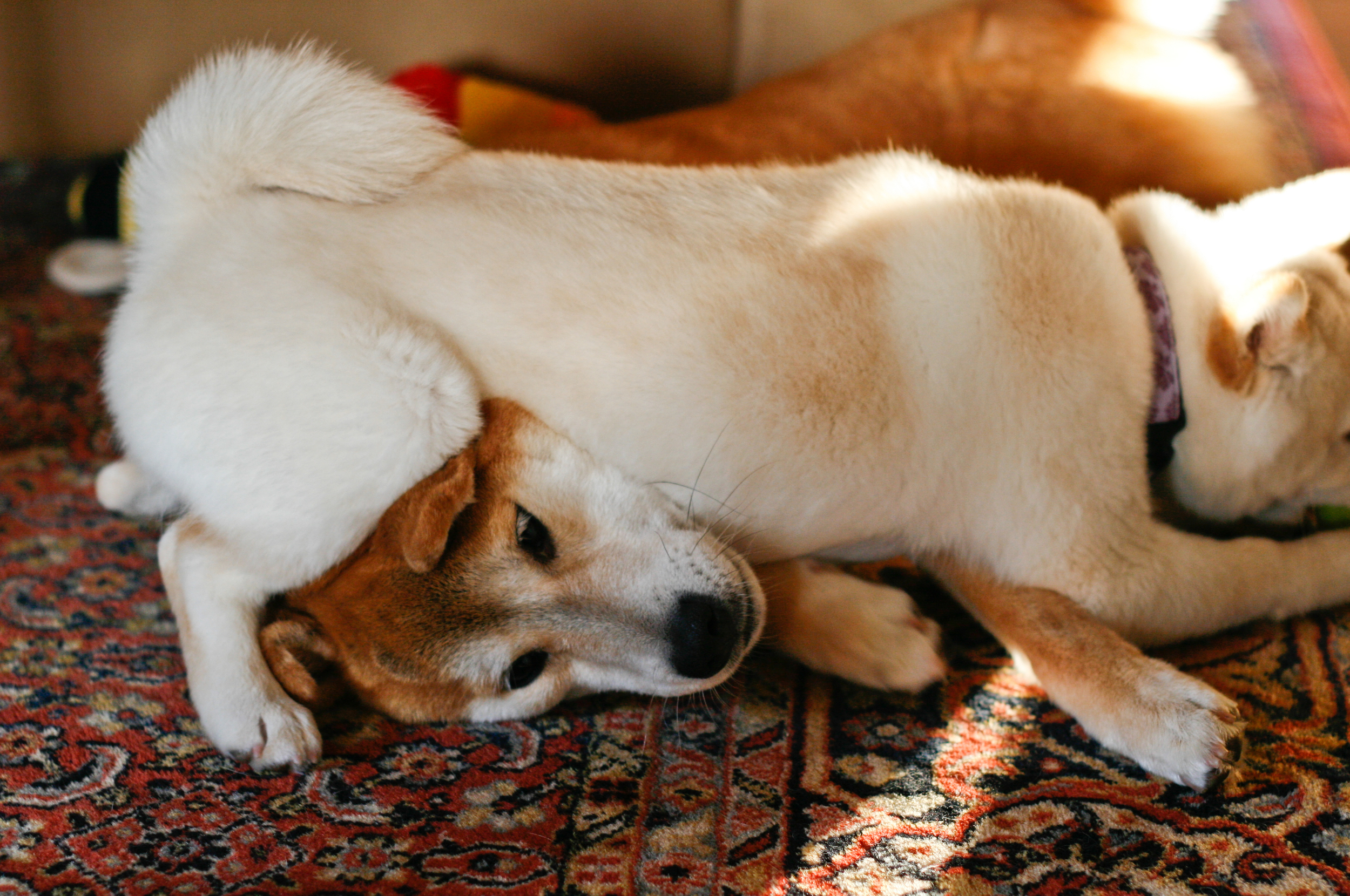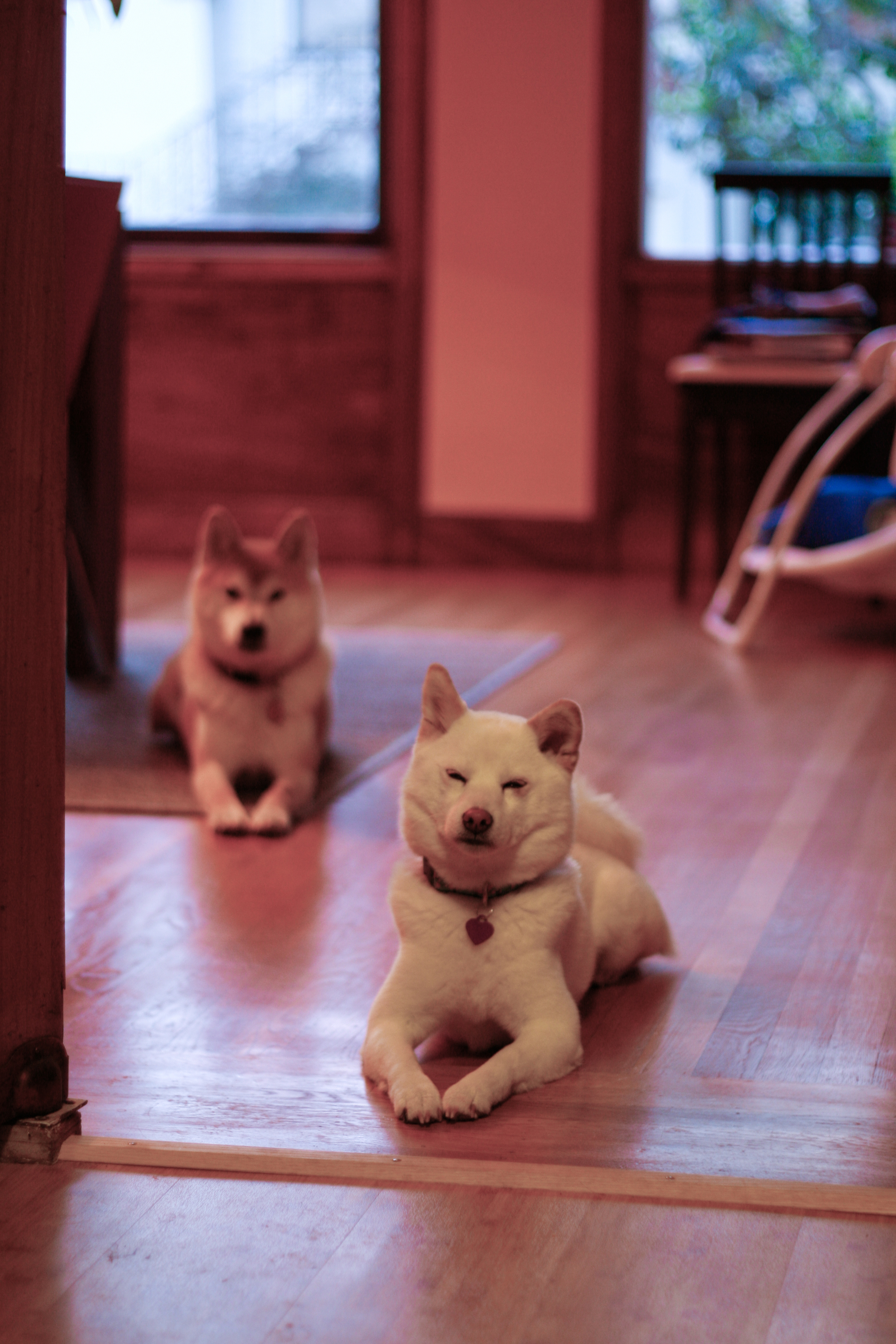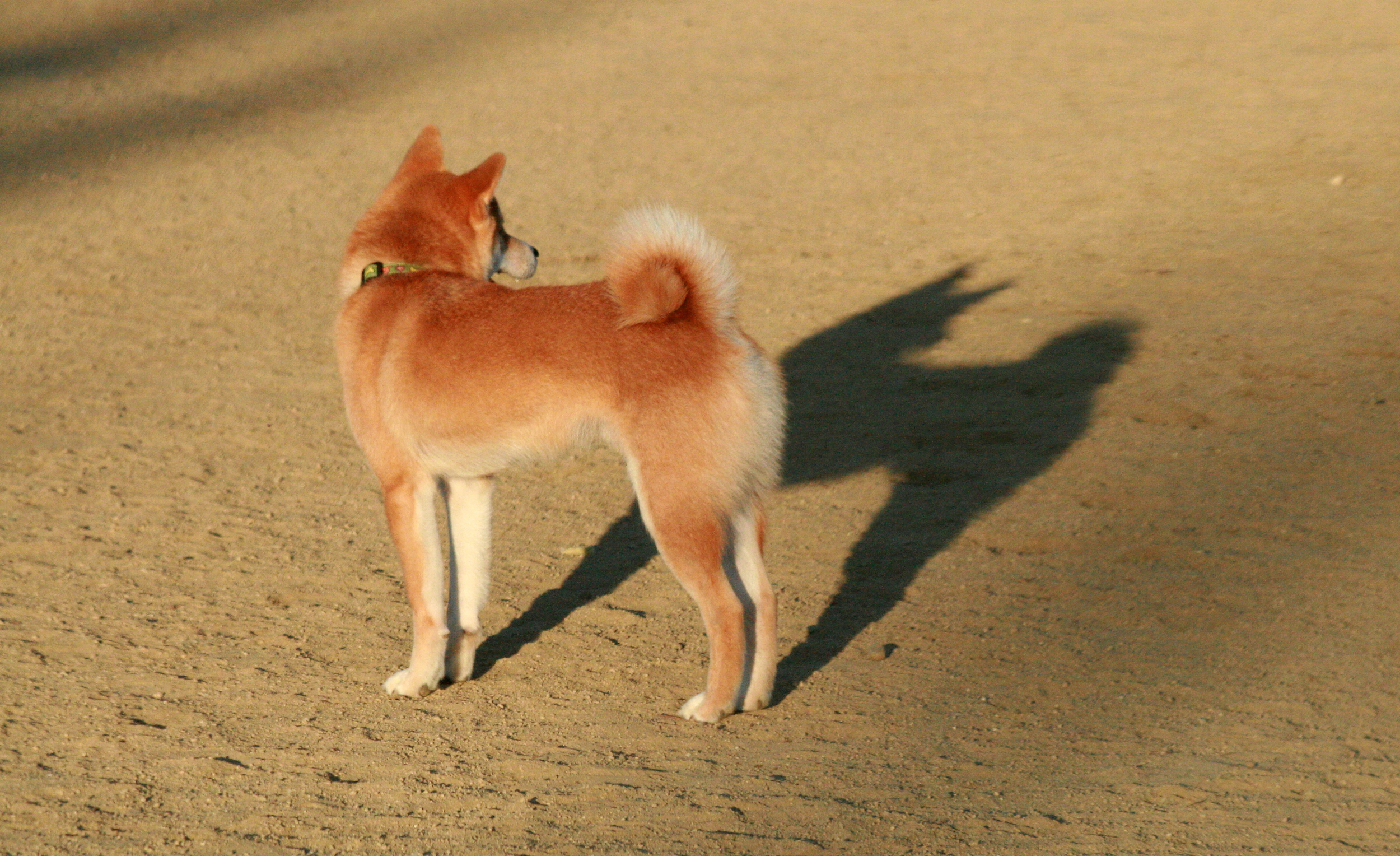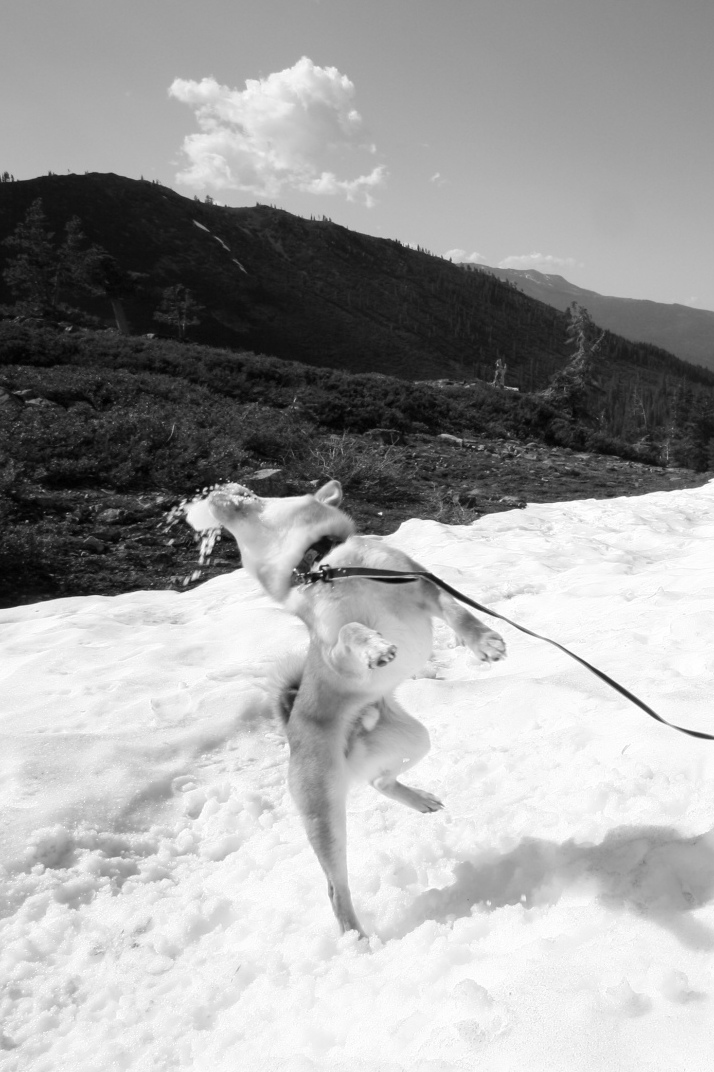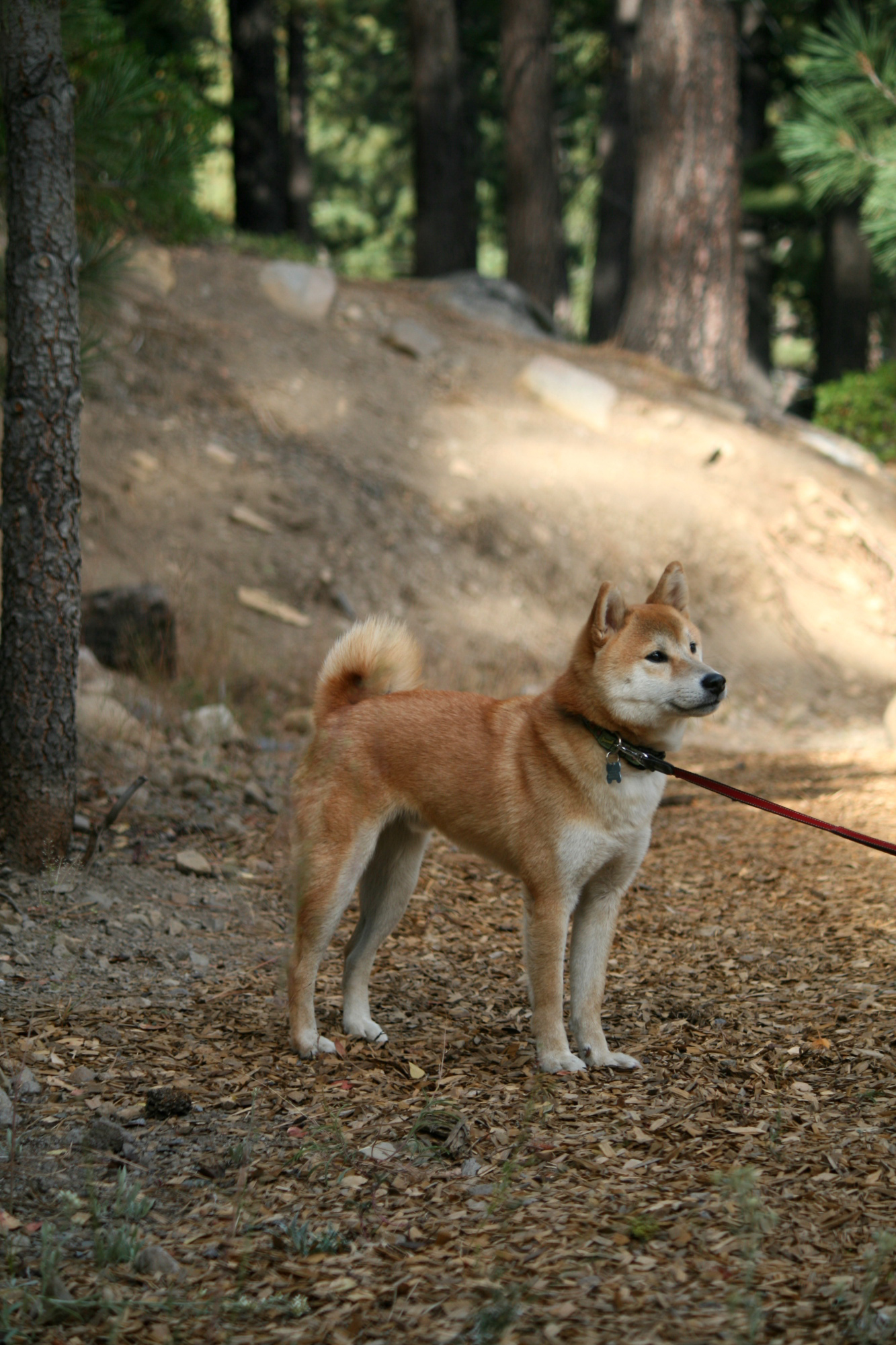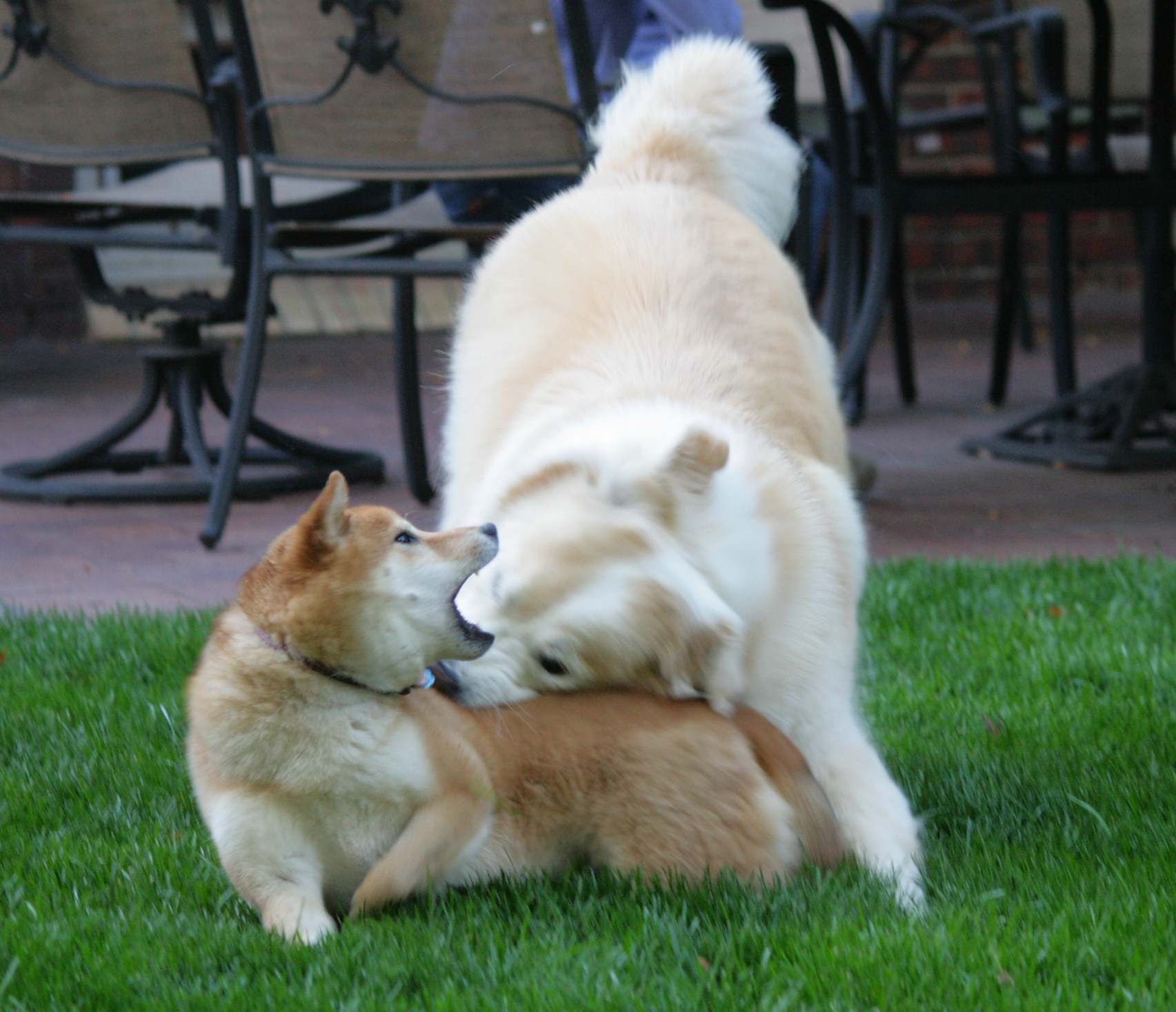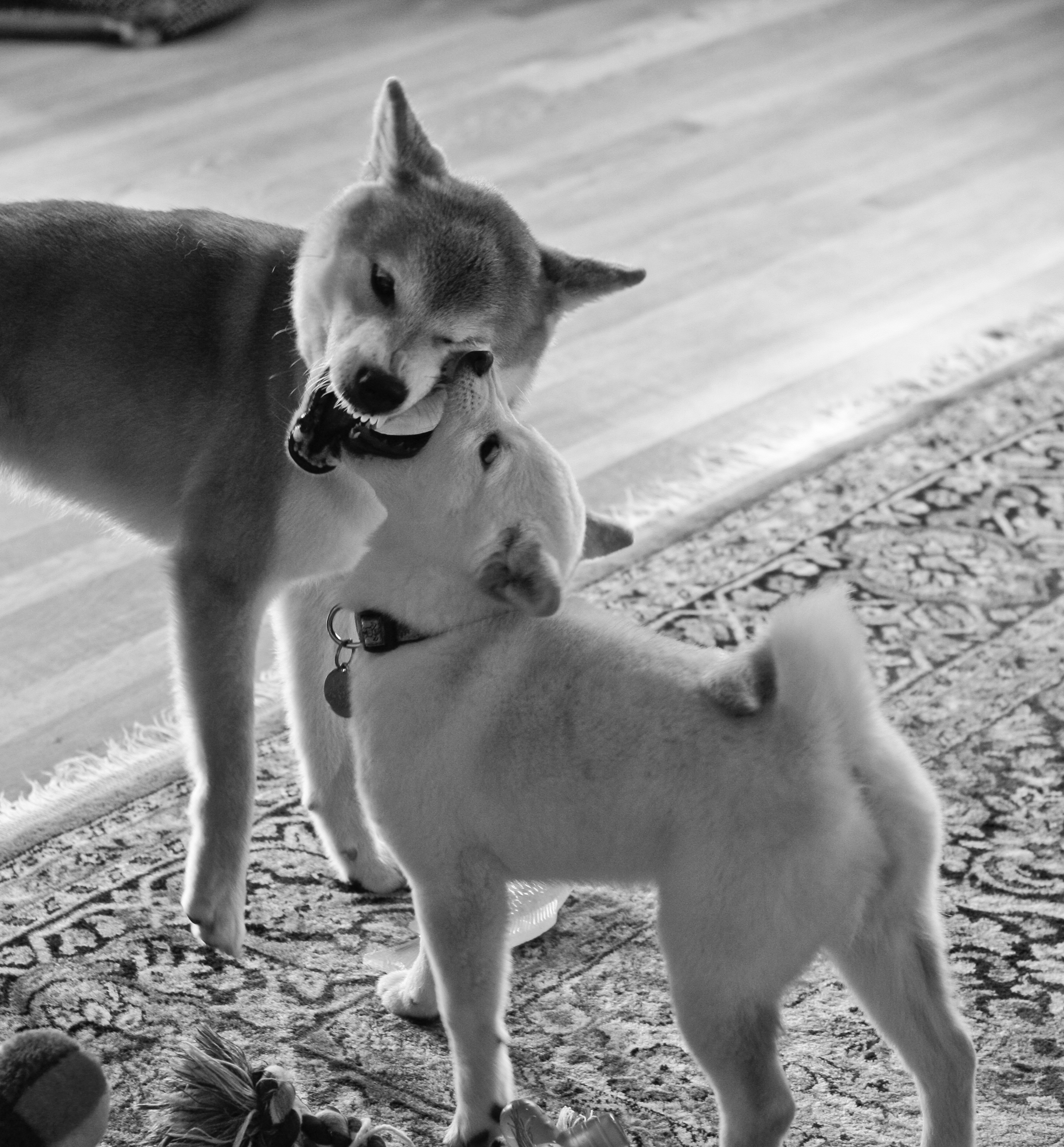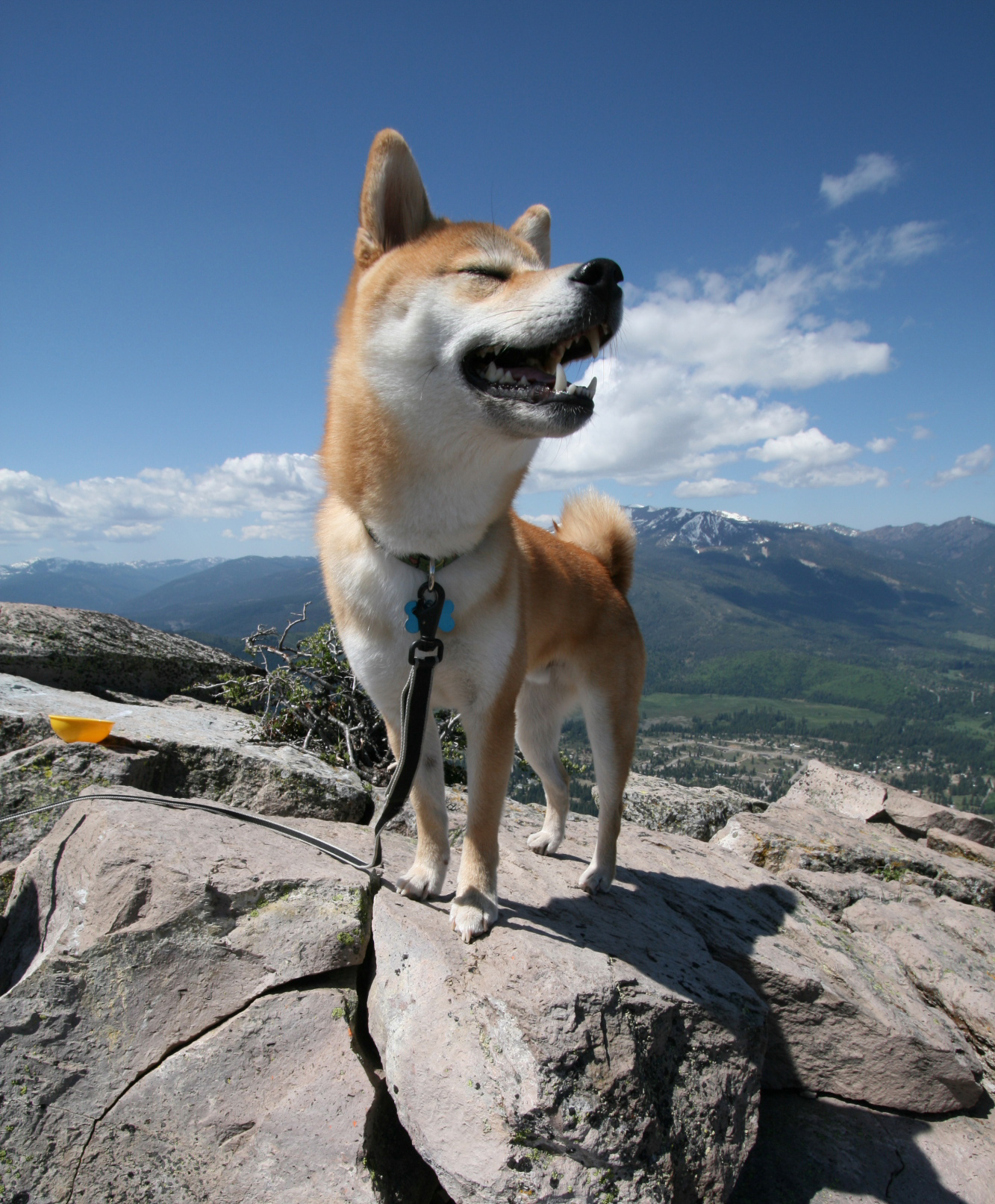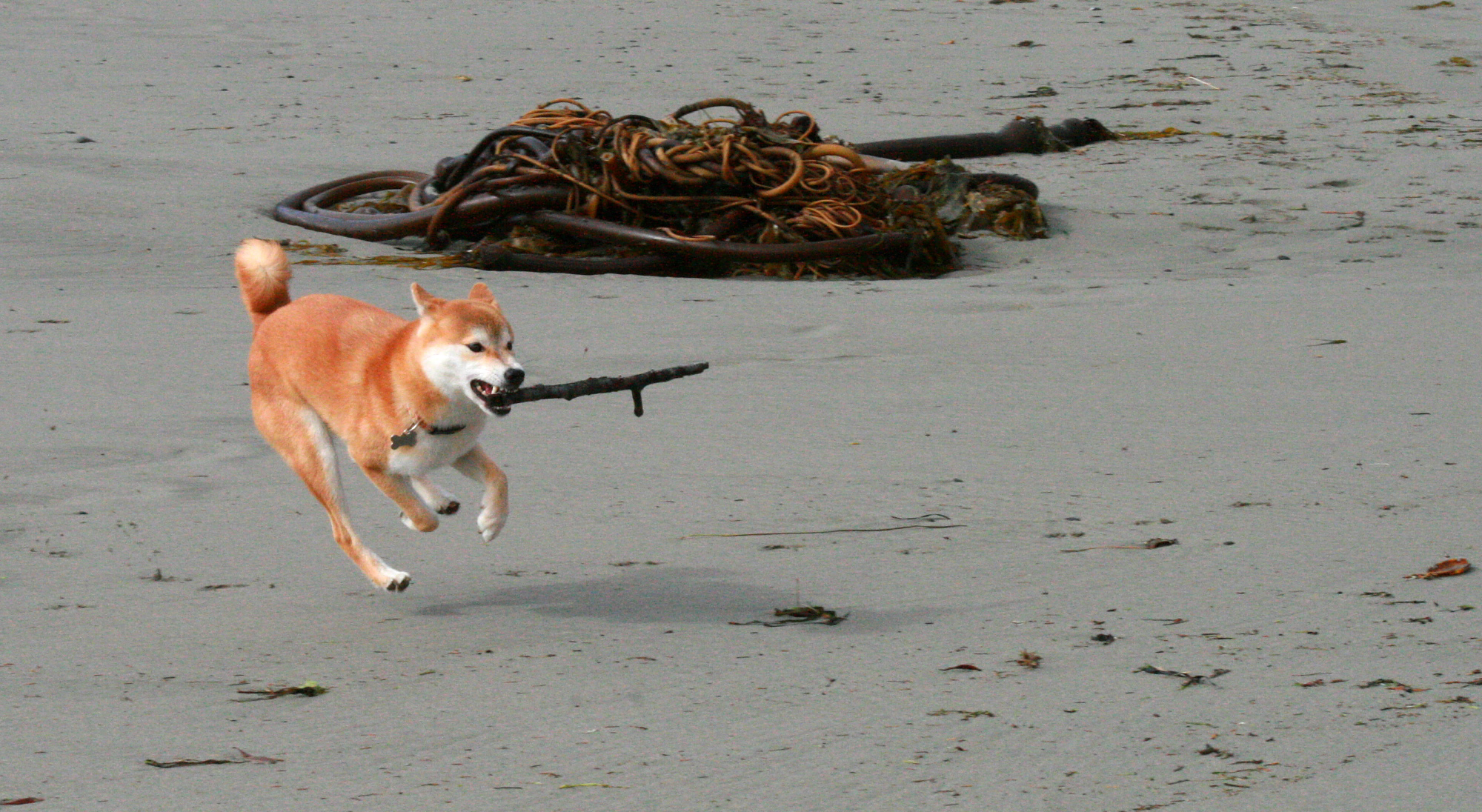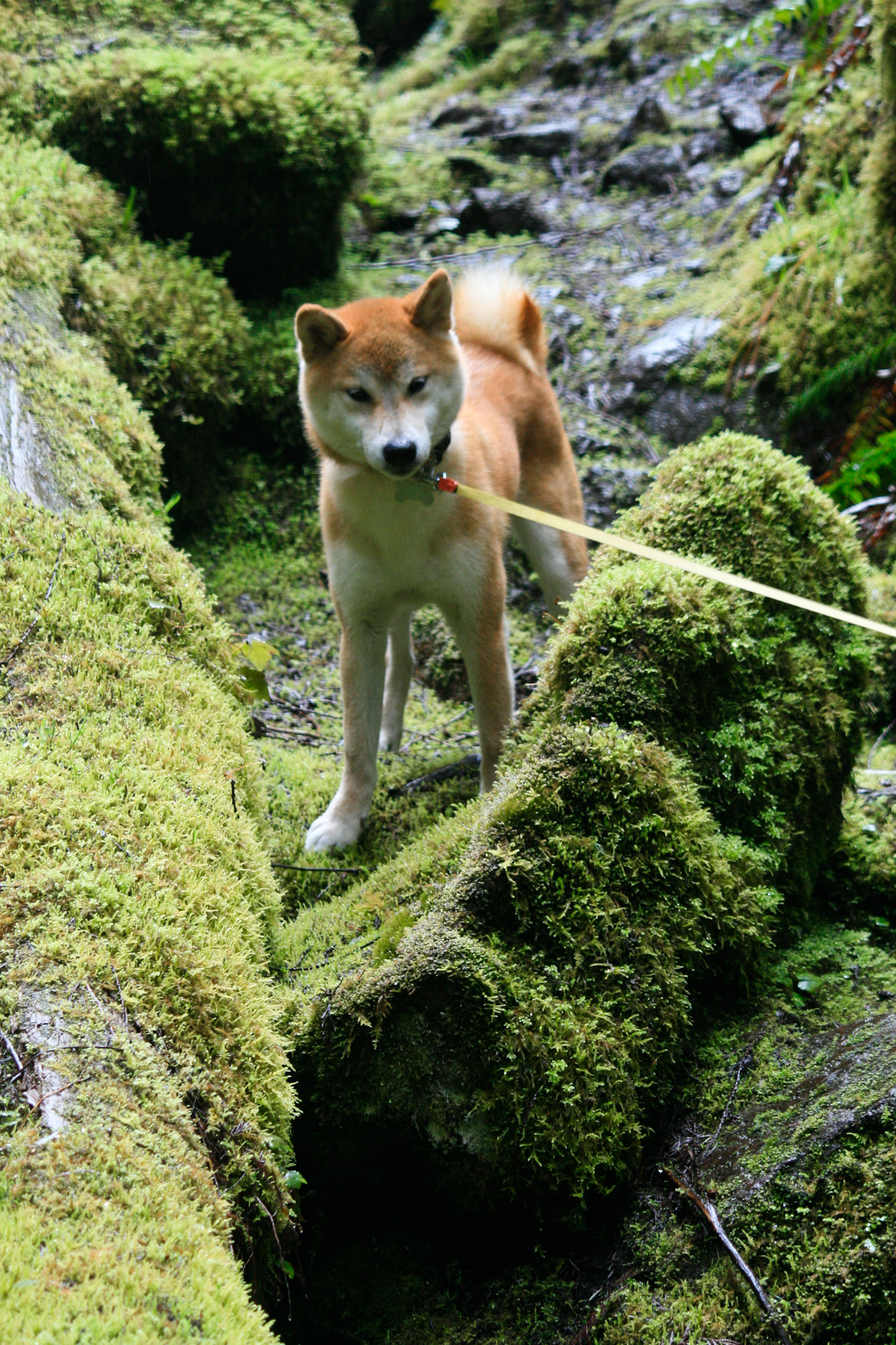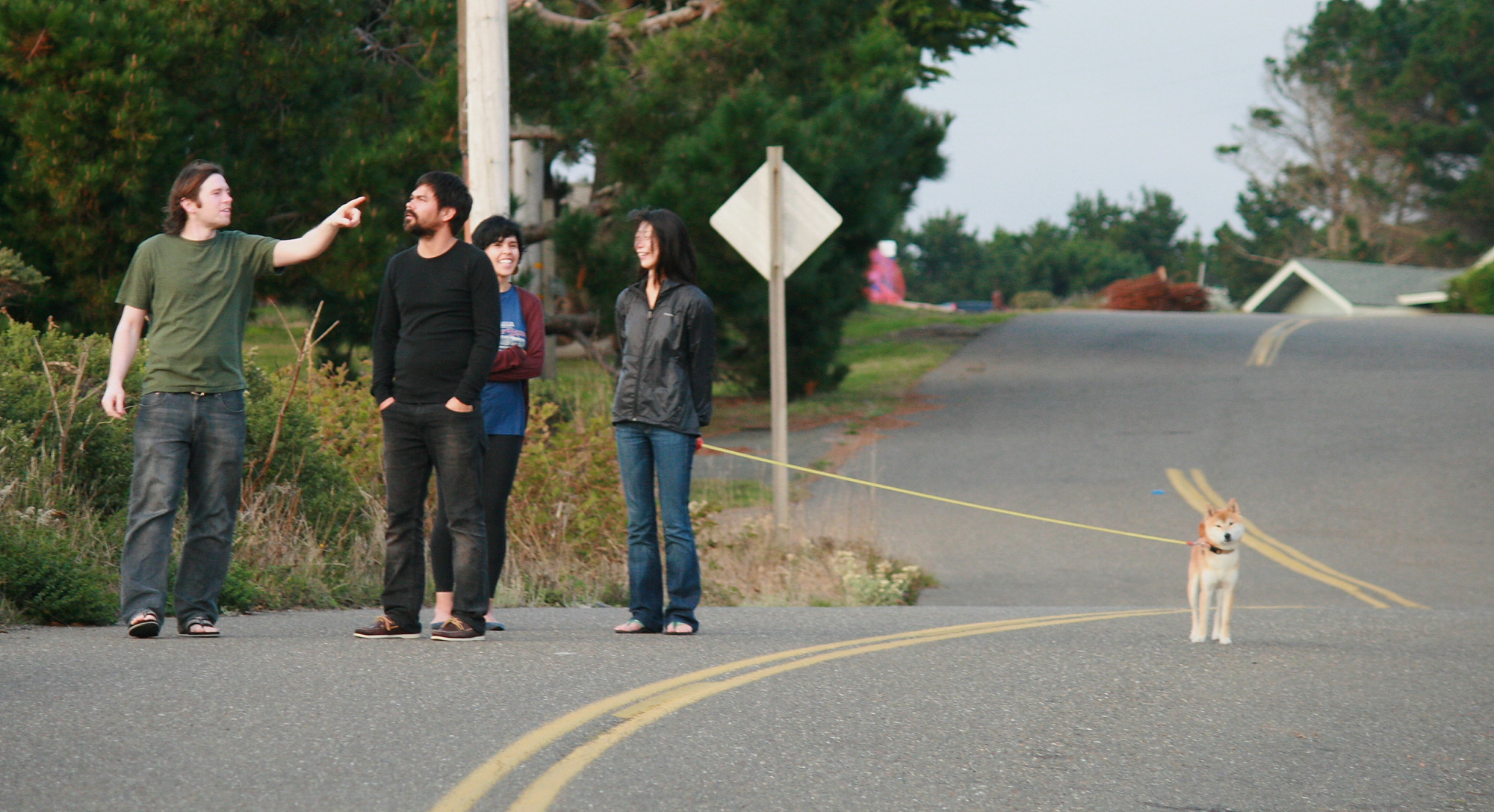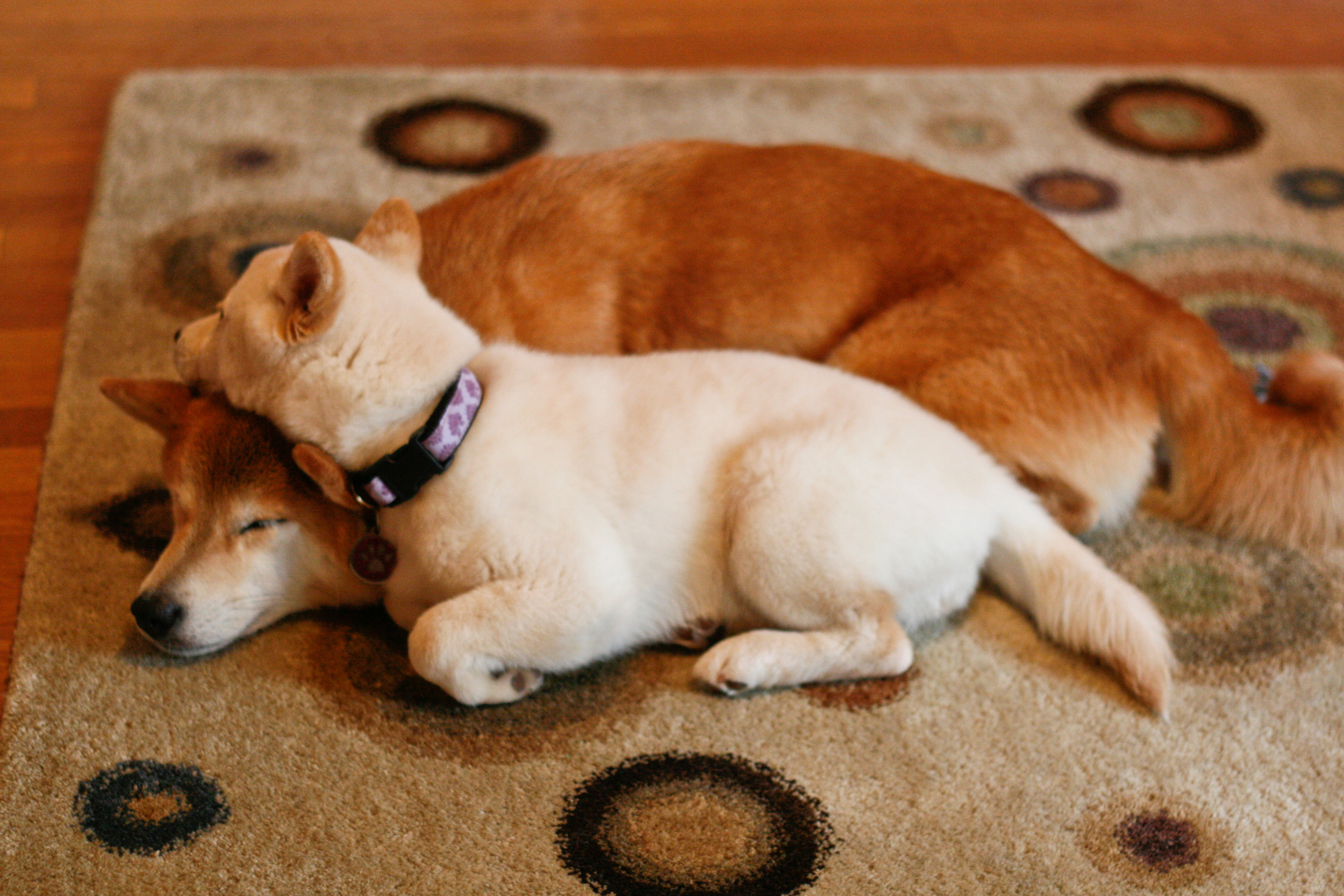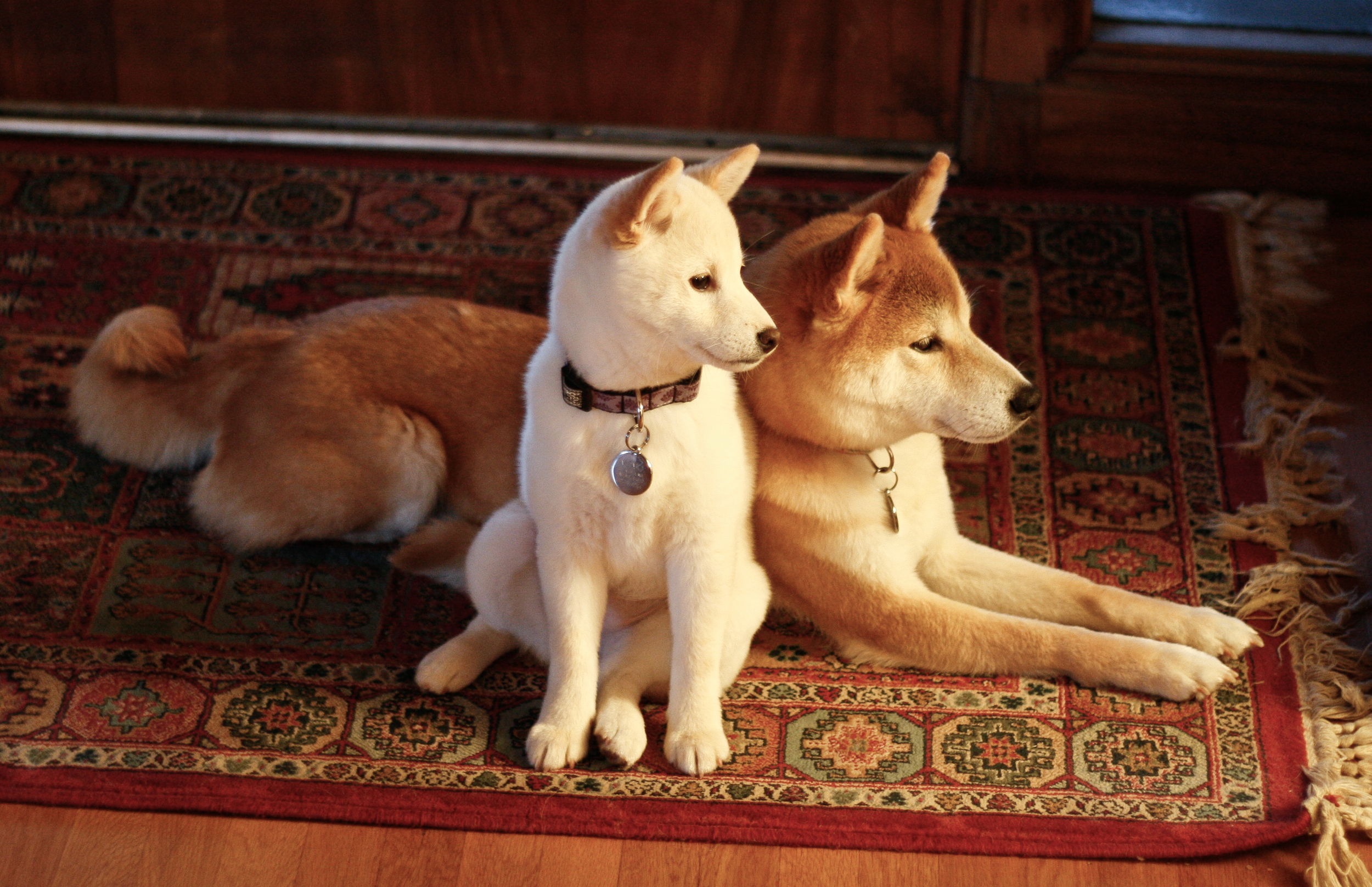It's 8:19 p.m., Saturday night. My 3-year-old has been in bed for 30 minutes already, after spending the previous three hours flopping around the house, climbing all over me, and pouting because I wouldn't let him cheat at our game of Busytown ("no, you got a 2, not a 1, and you cannot take that shortcut!"). When his wild cavorting continued unabated at the dinner table, I offered him the choice between eating dinner and going to bed. Miraculously, unbelievably, he chose bed. He's rarely in bed before 10. Generally unstoppable, this kid, he's exhausting.
A couple of hours ago, I'm trying to nap on the couch, my head buried deep under a pile of pillows. The child can't sit still; now he's rolling over my legs, now he's sitting upside down on my back. "Daddy, I'm having three more gummy bears." "Daddy, when will you play with me?" "Daddy, are you napping?" Episodes of the Octonauts play in a continuous stream on TV. Creature Report! Creature Report! Octonauts at ease, until the next adventure!
Yes, child, I am napping. The dog woke me up again this morning. This time at 6:20. Less than five hours of sleep. I awake to the pitter patter of little dogfeet, circling around my head. Now the dog is sitting on my head. Now he's repositioned himself, on the other side of my head. I get up and open the doggie door. But it doesn't solve the problem. Dog repeats pacing and head-sitting on and off for 30 minutes. He's relentless.
I get up. Now it's around 7:00. I go to the child's room, knowing that even if I can go back to sleep in my own bed with this maniacal pacing dog, 7:30 will roll around and I'll be awoken to "Daddy, come sleep in my bed!" I'll preempt this, I think, I'll go to his bed and if he wakes up, he'll see me and he won't yell. But I can't shake the dog, he follows me. Now he's sitting on the child's head, a minute later he's circling mine. The child of course is awake. "Daddy, change me!" He goes to the bathroom. "Daddy, I peed on the floor!" There is an awful lot of pee on the floor. He wasn't joking. "You need to make sure you point your wiener into the potty next time, ok?" Well, that's does it, doesn't it? Now we're awake.
Pattern Disturbances
These things have been happening every day, more or less, for weeks. The child won't come into our bed in the morning anymore. He's scared of an owl-themed wallpaper strip on our wall. It's kids wallpaper, as a matter of fact. We switched rooms with him earlier this summer, but the walls are still bedecked with forest creatures and the Very Hungry Caterpillar. Who has time to redecorate? The big news in this room is the Inada Dreamwave, the Japanese massage chair we bought last spring in our most magnificent impulse/non-impulse purchase of all time. Anyway, the child yells for me--always me--as soon as he reaches a threshold level of consciousness each day. I frequently find myself waking up in his bed in the morning, having no idea how I got there.
Meanwhile, the dog is getting crazier by the day. These kinds of early morning wake-ups used to happen only in the rare case of a doggie door emergency. But now it's not about the dog's need to relieve himself. He wants something else. Food? Could be food. Could be he's developed some phobia about me sleeping. I think it could be a bit of both, but who knows, he's a dog. If he's so damn hungry, there's kibble in his bowl. I tell him he's an asshole. Meaningless to him, but still makes me feel better. On the subject of assholes, his is probably millimeters away from my ear; his tail is draped over my face. Go eat your kibble. Asshole.
At Least There's This! Thanks Japan. You have amazing technology.
Each day brings different permutations of the same events. Last Tuesday, I'm sitting at the computer at 10:00 a.m. Home office. I'm writing a brief, but I can't put two thoughts together. I call for an emergency power nap. Didn't I just wake up? Why do I need a nap already? Now I'm on the couch, face down with my fleece pulled over my head. I'm in a dark space, breathing deeply, trying to ignore the dog on my head.
Ten minutes later, I'm back at my desk, refreshed. I have no idea if I fell asleep. There is a period of productivity. At 3:00 I pick up the child from preschool, which exhausts me. I return to the couch, my head is under a giant Marimekko pillow. The child sits down on my back and turns on the TV. This time, I fall asleep immediately. Thirty minutes later, I'm back at my desk again, feeling better than I have all day. Now I'm productive again, so that's a plus. Great to be back on the clock.
By the way, Tuesday was our tenth wedding anniversary. Not an insignificant event, but did either of us remember? I did at 10 p.m. Right around the time the child, having been rendered somewhat delirious by a cold late that afternoon, peed in his bed. We changed the sheets, opened some sake. Kanpai! Suddenly it's after 1 a.m., and a surprising amount of sake is gone. We're having a great time. The next morning we both wake up with the child's cold. The rest of the week is a slog.
No, Your Shift Is Not Optional
So back to tonight, Saturday. We have yet to account for the entire Ramen Chemistry nuclear family. Saturday evening is usually family time, is it not? Time for giving our child the iPad and unlimited tortilla chips to keep him occupied while we have margaritas and shrimp enchiladas. That sort of thing.
Chef Hiroko, it turns out, is pulling an unexpected shift as Shiba Ramen's dishwasher. The scheduled dishwasher called off at the last minute, claiming he was "required to attend a meeting at his other job," which prevented him from sleeping, and now he's just too tired to work his shift. Maybe I'm naive, but I thought he was required to attend his job with us. I guess our published schedule is just a list of suggested work times, an aspirational document, an invitation to folks who want to make a few extra bucks on the weekend.
This isn't the first time he's done this. In fact, it's the second Saturday night he's sabotaged for us in the past month. "I hope you understand," he texted me this morning. No, I don't understand. You're fired.
That's Right, Shiba Ramen is coming to Oakland.
At Least I Have Exciting News!
So what's the upshot here? This evening's otherwise unfortunate circumstances gave me an unexpected gift: 90 minutes alone at home to write for Ramen Chemistry. I've been absent from this site all summer. I've been occupied, mostly as described above, but not entirely.
And here is where we come to an announcement. Are you ready? We just closed a lease deal for Shiba Ramen's second location, a full (non-kiosk) restaurant space in Oakland, specifics coming soon. Last Monday I picked up the keys. By Friday, the contractors had finished demolition, and the space design is in the works. Alcohol license application goes in this week. It's happening.
Oh, and there's something else. Another real estate opportunity came up earlier this summer, although not for another Shiba Ramen. The opportunity forced us to come up with an entirely new non-ramen concept, and we're a couple weeks away from closing the deal to make it a reality. We're really excited about this one.
More to come on both projects in the coming weeks. We're going to have a lot to talk about this fall.







